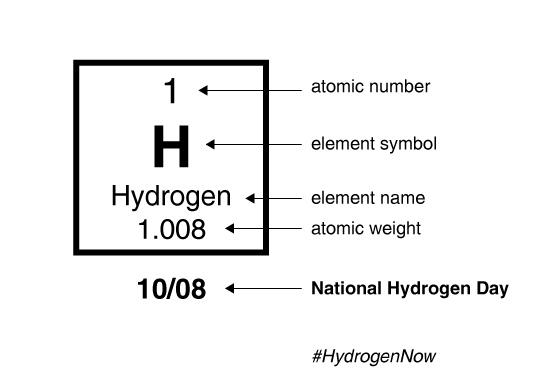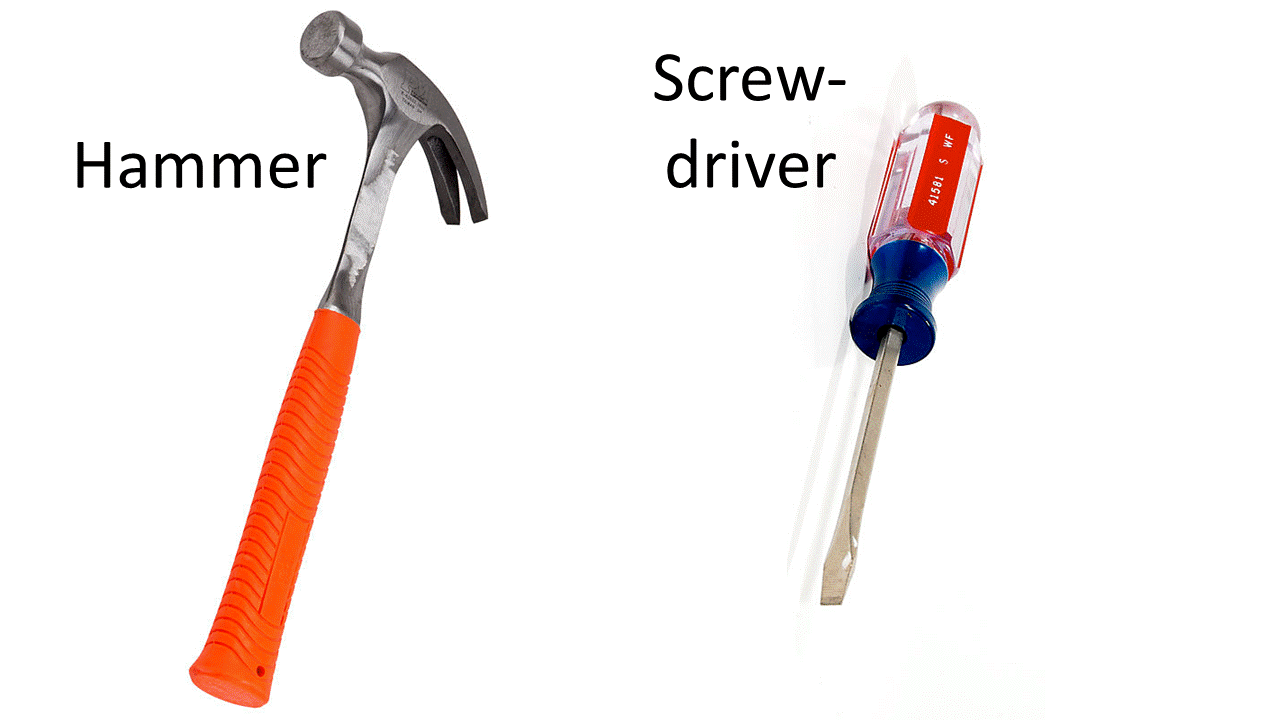Celebrating National Hydrogen Fuel Cell Day!
jacob.leachmanThis just in…

Connecticut Senator Richard Blumenthal’s resolution passed on September 29th 2015 designating today, 10/08, as National Hydrogen Fuel Cell Day! Hydrogen’s atomic weight is 1.00794 atomic mass units. When rounded we arrive at 1.008. More information on today’s celebration is here: http://www.hydrogenfuelcellday.org/
Some thoughts from the Department of Energy to consider today include:
More than 215 FCEVs traveled 6 million miles in more than 500,000 trips, and 31 FCEV fueling stations completed more than 52,000 refuelings.
Over the past few months, Hyundai and Toyota both introduced their FCEVs, on track with the plans for early commercialization by 2015. Several … » More …






